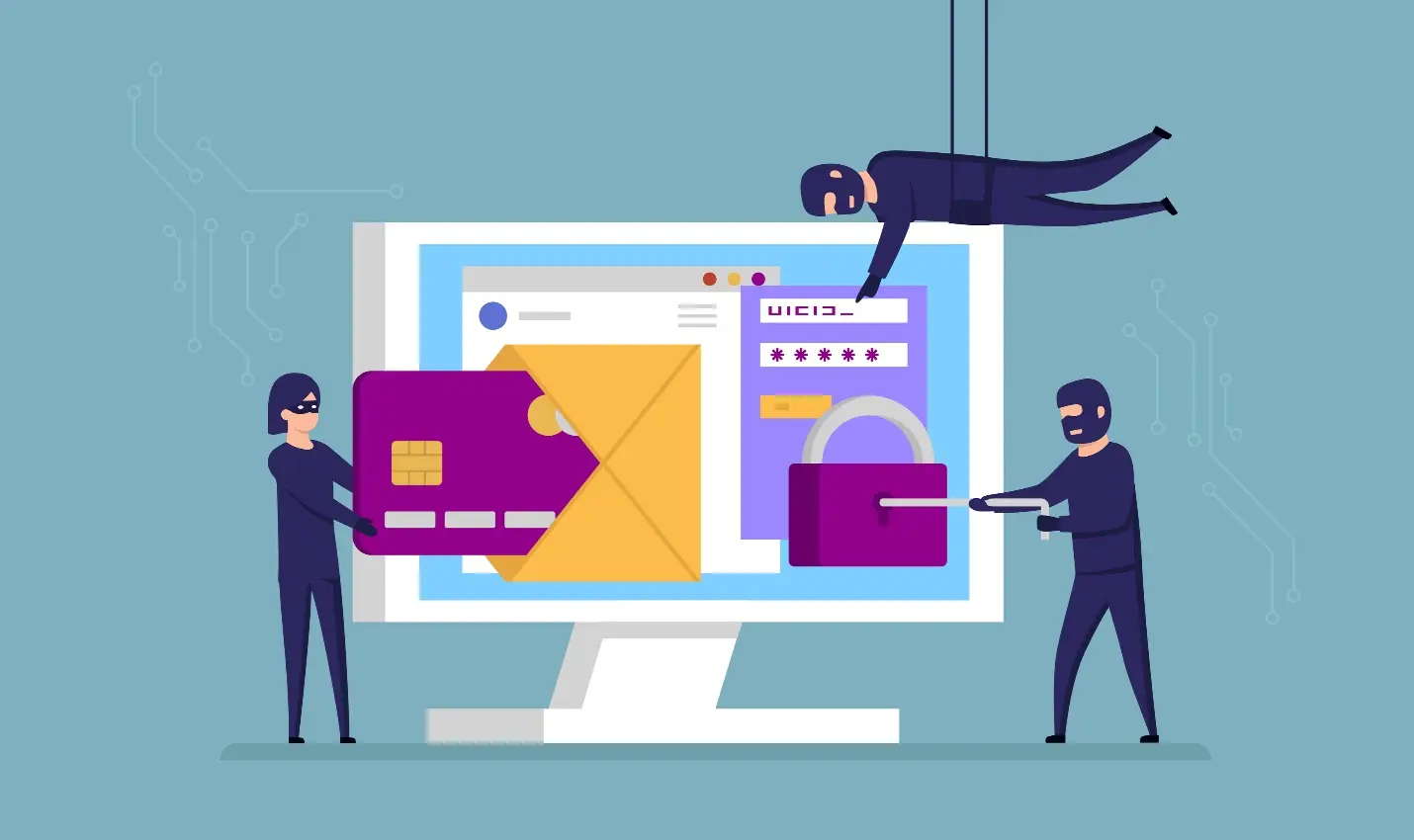Data breaches have become part and parcel of life online. As data breaches exposing customer information – even targeting big-name companies like Adobe, Equifax, and Yahoo! – become more common in the digital space, a growing network of cybercriminals have made a trade of pushing stolen credit card information on the dark web. In one data breach case alone, a U.S. convenience store chain exposed the credit card information of more than 30 million customers in 2019.
There are many ways in which cybercriminals use stolen credit cards, one of which is known as triangulation fraud, a growing threat in the e-commerce space.
What is triangulation fraud?
Triangulation fraud is a means by which cybercriminals attempt to utilize stolen credit card information within e-commerce marketplaces such as Amazon, eBay, Alibaba, and others.
The scam is relatively simple: a fraudster possessing stolen credit card information lists items for sale on an online marketplace. Oftentimes, the goods are listed at “too good to be true” prices to lure buyers in. Once a customer makes the purchase, the fraudster will purchase the same item from a legitimate seller using the stolen credit card information, routing the goods to the customer’s address.
In the end, the customer has unknowingly received stolen goods and the legitimate merchant has been left with payment from a fraudulent card, causing a wide range of issues on their end.
It’s becoming more organized
The process in which cybercriminals implement a triangulation fraud scheme is evolving. Not only are fraudsters victimizing legitimate merchants, customers, and credit card holders, but they are also enlisting the help of intermediaries to unknowingly push the scam.
Fraudsters will often utilize online job boards to recruit legitimate sellers with good reputations on online marketplaces to make listings for goods they plan to steal with fraudulent credit card information on their behalf in exchange for a percentage of the sales profits.

Spotting triangulation fraud
As an e-commerce vendor, it’s important to be able to spot triangulation fraud when your products are being targeted. Some signs that a vendor is being targeted by a triangulation fraud scam include:
-“Customers” purchasing the same items, repeatedly, on a frequent basis
-Conflicting billing and shipping information provided by the “customer”
-Frequent sales of low-cost goods
-Invalid email and telephone numbers provided by customers.
The Bottom Line
Any or all of the above red flags could indicate that your e-commerce business is being targeted by fraudsters. As a merchant, remaining on the offensive when it comes to protecting your brand and your customers is critical as online criminals grow savvier.
Brands need to defend themselves and protect their customers by having effective tools and systems in place and having a reputation for taking proactive measures to identify triangulation fraud in the early stages and snuffing it out before these scammers can drain your inventory and your profits with credit card chargebacks.
In this day and age, a brand protection system capable of flagging unusual transactions with your products on e-commerce marketplaces to identify fraud in the early stages is of the utmost importance.

